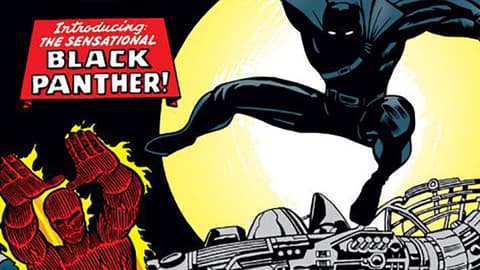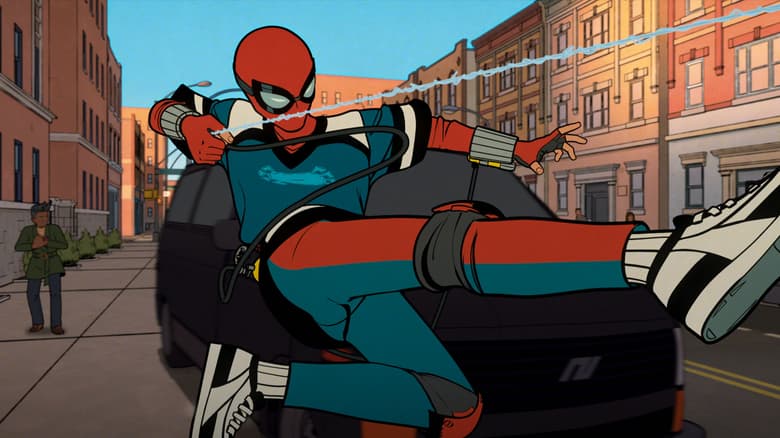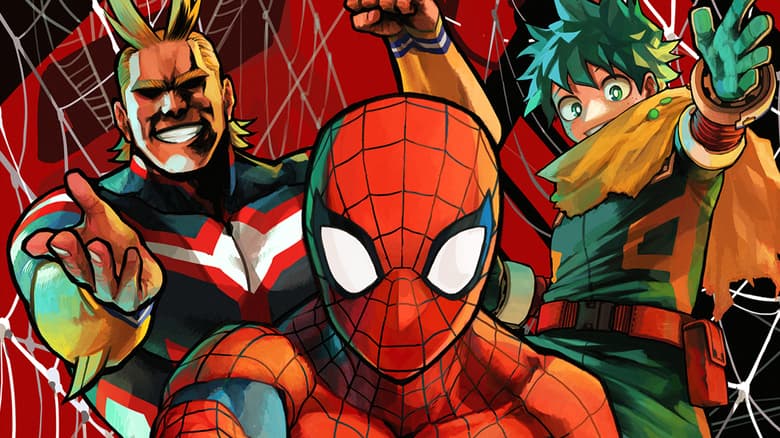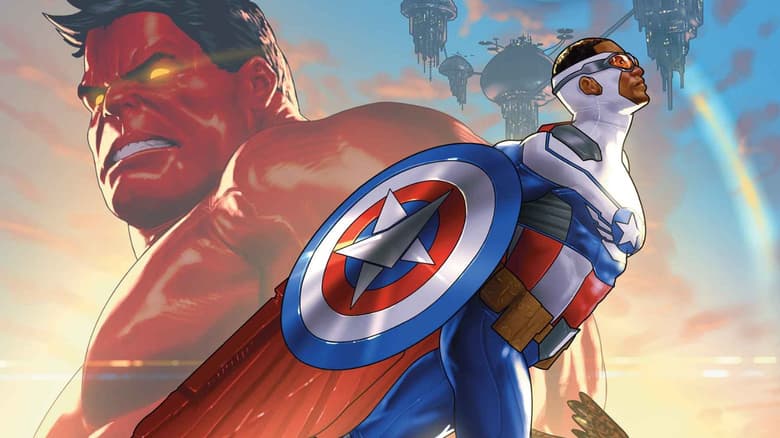The History of Kirby: 1966
The King helps introduce the Silver Surfer, Galactus, Black Panther and much more!

In celebration of Jack “King” Kirby’s 100th birthday, we’re reviewing the man’s legendary creations with a year-by-year examination of his unparalleled career at Marvel Comics. Read on and witness the work that made him comic book royalty.
Imagine a year in which the entire comics industry changed, and for the better. While the rest of the world danced to the beat of the British Invasion, thrilled to spy adventures on the big screen, and smiled ear to ear from the high camp on their televisions in 1966, Jack Kirby stood in the middle of a bonafide revolution in comic books.
In FANTASTIC FOUR #48, Jack and Marvel editor-writer Stan Lee brought a silver star down from the heavens to change the life of their family of super heroes forever. Legends tell of Lee’s astonishment to see a silver man on a surfboard in Jack’s art for the issue, and asked who it might be. The artist figured their bran-new cosmic baddie, Galactus, needed a herald of sorts, and the Silver Surfer sprang to life before the writer’s eyes. Soon, the herald would eclipse his big, purple master in popularity, and Jack’s simple design would go down in comics history.
The so-called “Galactus Trilogy” of 1966 showcased other Kirby art flourishes, such as Galactus himself, sporting a look that could only be described as Galactic Chic a la Jack Kirby. As the story continued into FANTASTIC FOUR #49 and FANTASTIC FOUR #50, readers marveled at Galactus’ “attack dog,” his mind-boggling personal spacecraft, and the ultimate weirdness of the Ultimate Nullifier, the one device that set the world-devourer quaking in his space-booties. It’s hard to imagine any other artist illustrating the tale and it creating an indelible mark on comics still felt to this day.
If that didn’t constitute a revolution, Lee and Kirby wasted no time in filling the rest of the year with such triumphs as the poignant “This Man, This Monster” story of FANTASTIC FOUR #51, the ground-breaking introduction of the Black Panther in FANTASTIC FOUR #52, and the return of the Silver Surfer in FANTASTIC FOUR #55. Lee, knowing Jack’s penchant for delineating Doctor Doom, also arranged to end the year with the newest assault by the Latverian monarch in FANTASTIC FOUR #57.
Across the Rainbow Bridge in fabled Asgard, Stan and Jack promoted their Thunder God into his own book with THOR #126, and in an effort to put their star through his paces, tossed him into the fires of Pluto’s underworld to rescue the wayward Hercules. Jack’s art never looked better as he fashioned incredible set pieces to make us believe in Pluto’s evil and the fiery world around him. Thor later met a living planet named Ego in THOR #133, and pondered the mysteries of the High Evolutionary—another fantastic Kirby design—in THOR #134.
Jack’s inventiveness and creativity extended past his art, of course, and over a few issues of Nick Fury’s adventures, he proved it by not only co-plotting a few stories with Lee and others, but handling full scripting chores along with his cover and layouts on STRANGE TALES #147.
Stay tuned to Marvel.com for more throughout Kirby Month and beyond! And join the conversation on all of our social channels with the hashtag #Kirby100.
The Hype Box
Can’t-miss news and updates from across the Marvel Universe!

TV Shows
‘Your Friendly Neighborhood Spider-Man’ Swings into Action in New Trailer



